Images: DARPA Robotics Challenge
Team Schaft

An engineer with Team Schaft holds a tether connected to the robot, as the machine tries to open a weighted door.
Team Wrecs

Team Wrecs' two-legged, humanoid robot.
Team KAIST
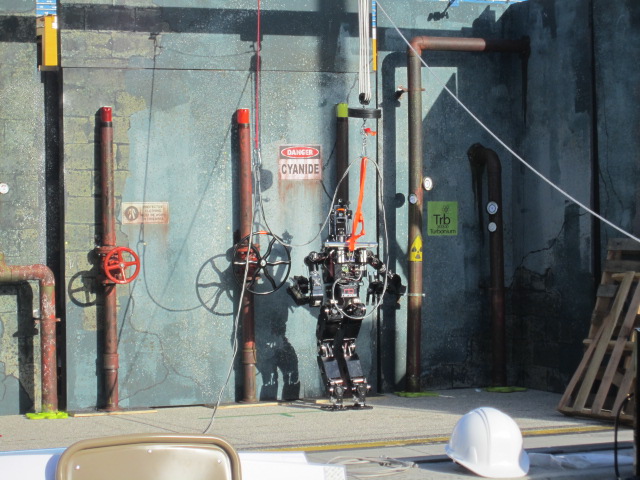
Team KAIST's robot tries to close three different valves during one of the tasks on Dec. 20, 2013.
Team Schaft
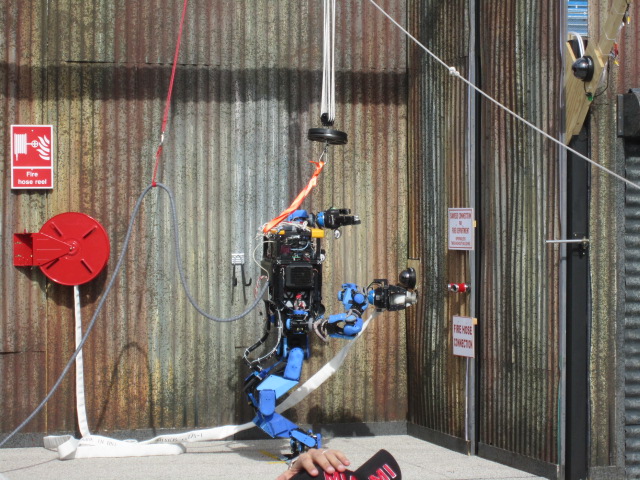
Team Schaft's robot retrieves a hose and tries to connect it to the wall during one of the tasks on Dec. 20, 2013.
Team Mojavaton

Team Mojavaton's four-legged robot tries to walk over ramps and pies of rubble, as part of the terrain challenge.
Team Wrecs
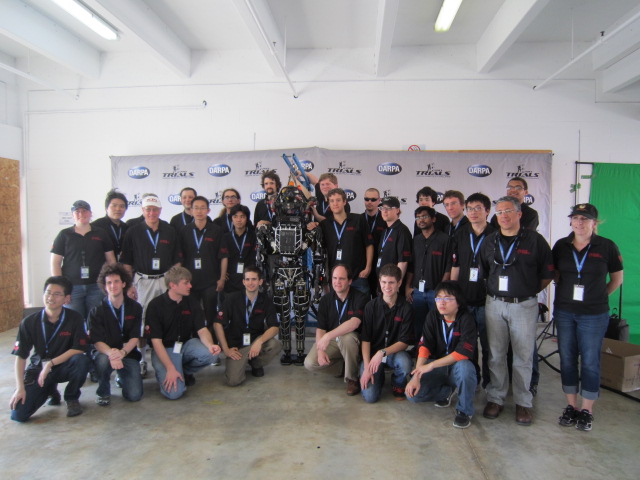
The engineers behind Team Wrecs pose with their robot on Dec. 20, 2013.
Team HKU
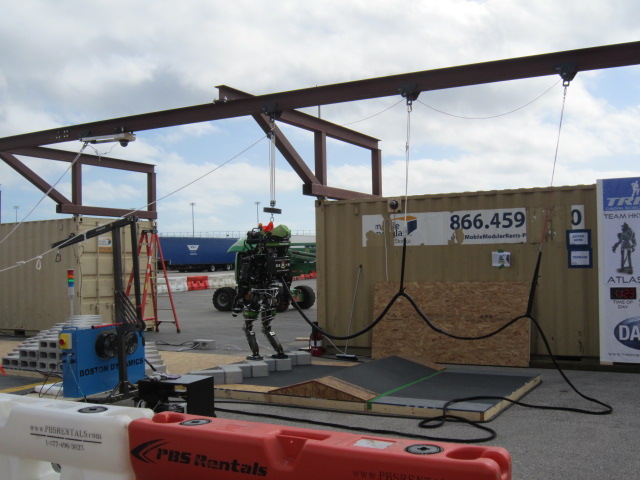
Team HKU's two-legged, humanoid robot tries to walk over different types of terrain.
Get the world’s most fascinating discoveries delivered straight to your inbox.
Valkyrie
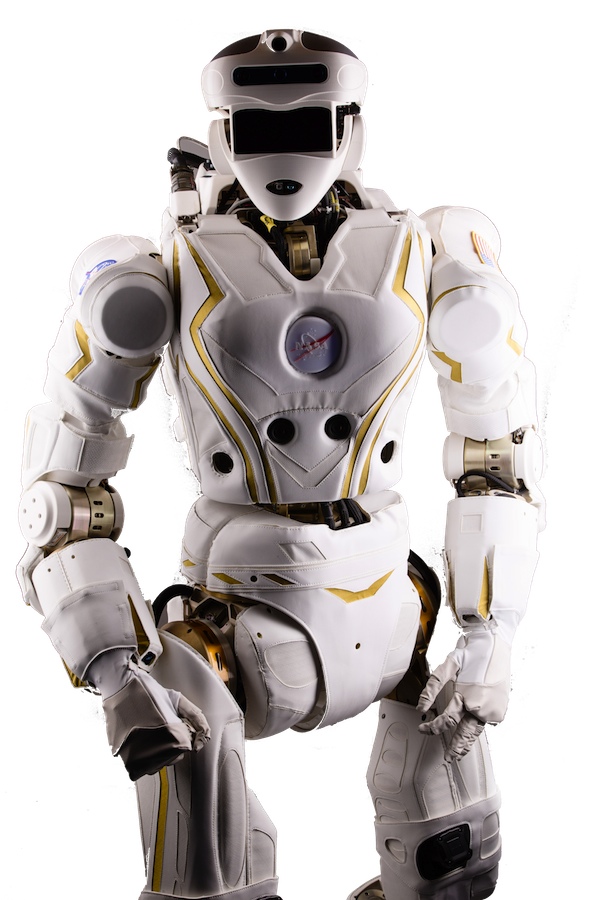
This next-generation humanoid robot, dubbed Valkyrie (Val), is being developed by NASA Johnson Space Center to perform dynamic, dexterous and perception-intensive tasks in a variety of scenarios, according to DARPA. Val is 6 foot 2 inches tall (1.9 meters) and sports a glowing NASA logo on its chest.
"We really wanted to design the appearance of this robot to be one that when you saw it you were going to be like, 'Wow, that's awesome," the team leader for Valkyrie, Nicolaus Radford told IEEE Spectrum in a video about the robot. "It's a 44 degree of freedom robot, very capable, very strong, completely self contained. We have a two kilowatt hour battery, lots of onboard computing."
Schaft

A Japanese team with SCHAFT Inc. is building a bipedal robot that will stand 4.9 feet (1.5 meters) tall and weigh about 210 pounds (95 kg); the bot is based on hardware and software designed for its existing HRP-2 robot. SCHAFT will create an Intelligent Robot Kernel in which it will combine the necessary software modules for recognition, planning, motion generation, motion control and a user interface. The group will divide into three teams to execute the tasks: hardware design, software integration and scenario testing, according to DARPA.
Hubo

The Hubo is Drexel University's bipedal robot, which will stand 55 inches (140 centimeters) tall and weigh some 132 lbs. (60 kg). The team has created seven full-sized Hubos, one for each team member. "This infrastructure will catalyze a multi-university effort to 'hit the ground running' and successfully address all anticipated DRC events in a 'program-test-perfect' model," according to DARPA's website.
Jeanna Bryner is managing editor of Scientific American. Previously she was editor in chief of Live Science and, prior to that, an editor at Scholastic's Science World magazine. Bryner has an English degree from Salisbury University, a master's degree in biogeochemistry and environmental sciences from the University of Maryland and a graduate science journalism degree from New York University. She has worked as a biologist in Florida, where she monitored wetlands and did field surveys for endangered species, including the gorgeous Florida Scrub Jay. She also received an ocean sciences journalism fellowship from the Woods Hole Oceanographic Institution. She is a firm believer that science is for everyone and that just about everything can be viewed through the lens of science.


